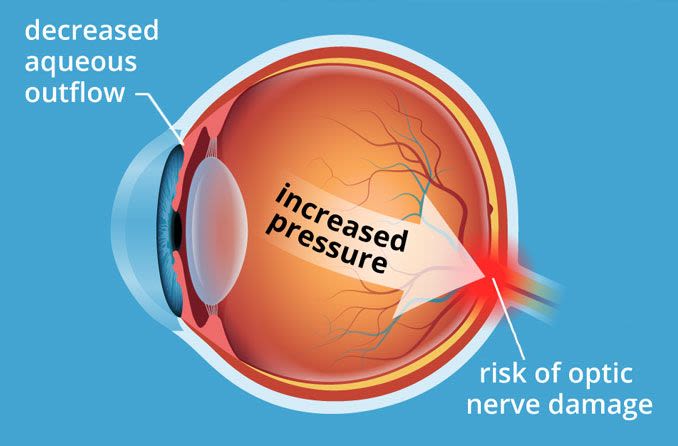Ocular hypertension: 5 Causes of high eye pressure

Schedule an exam
FIND EYE DOCTORWhat is ocular hypertension?
Ocular hypertension means the pressure in your eyes is higher than normal. Left untreated, high eye pressure can cause glaucoma and permanent vision loss. The medical term for the pressure inside the eye is intraocular pressure, or IOP.
An estimated three to six million people in the United States are at increased risk of getting glaucoma because of elevated IOP, or ocular hypertension.
Detecting ocular hypertension
Ocular hypertension has no obvious signs such as eye pain or red eyes. The only way to tell if you have high eye pressure is to have a comprehensive eye exam by an optometrist or ophthalmologist.
During a comprehensive eye exam, your eye doctor will measure your IOP with an instrument called a tonometer. You might also have your eye pressure checked with an air puff test. Both these IOP measurements are quick and painless.
Intraocular pressure is measured in millimeters of mercury (mm Hg). Normal intraocular pressure is 12 to 22 mm Hg. An IOP reading higher than 22 mm Hg is considered ocular hypertension.
High eye pressure significantly increases your risk of damage to the optic nerve, causing glaucoma and permanent vision loss.
If you have ocular hypertension, your eye doctor may recommend a visual field test to check for glaucoma-related vision loss.

